The Tasmanian government, which has committed to transition its fleet of vehicles to 100% electric by 2030, is offering a grant pool of $500,000 (USD 311,500) to drive a rollout of public electric vehicle (EV) car chargers to guarantee accessible EV ownership and lower emissions.
The ChargeSmart program’s Round 3 offers grants of up to $50,000 for an individual or business to install a public charging station.
Tasmania Minister for the Environment Madeleine Ogilvie said the goal of the program is to expand the size and capacity of the existing network, and to address its gaps, which exist in regional areas and key tourism destinations.
“Electric vehicles are growing in popularity in Hobart and all of Tasmania, and some charging stations are either approaching capacity or will get here within the near future,” Ogilvie said.
“We want to make sure that, for the foreseeable future – specifically the lifespan of an electric vehicle – anyone in Tassie can easily find and conveniently use a charging station.”
Australian Automobile Association (AAA) data shows that between January 2022 and 2023, the number of light EVs registered in Tasmania jumped 97%.
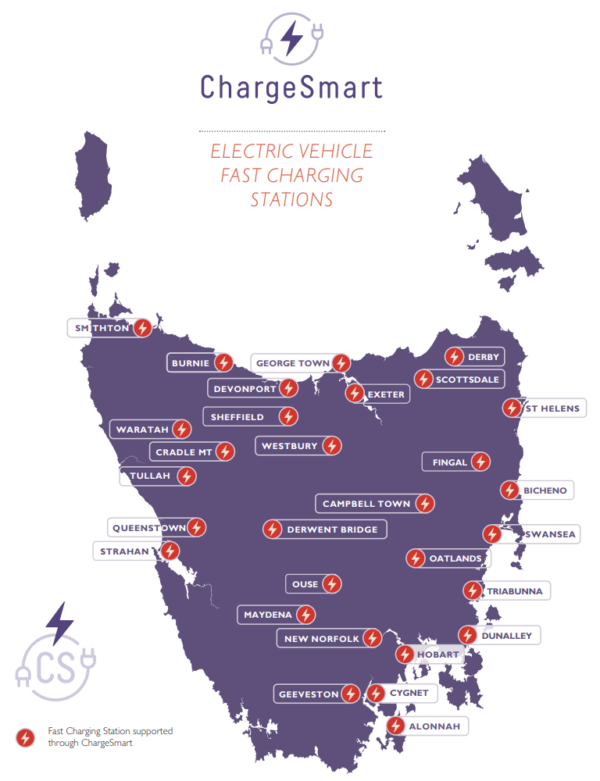
Image: Renewables, Climate and Future Industries Tasmania
Electric Vehicle Council (EVC) Infrastructure Officer Michael Shaughnessy said many renters are restricted to using plug-in chargers and some people don’t have access to off-street parking, so more public chargers are a matter of inclusion.
“The Tasmanian government has long led the way in EV infrastructure, and today we can see the benefits of that investment,” Shaughnessy said.
The prior two rounds of ChargeSmart provided a total of $1.3 million (USD 800,000) in funding to install 33 fast chargers and 46 workplace chargers across the state.
The Tasmanian government implemented a stamp duty exemption for the purchase of new or secondhand, battery electric or hydorgen fuel cell vehicles in 2023 and supported Metro Tasmania to trial zero emissions buses.
To participate in ChargeSmart, applicants must co-contribute at least the same amount of funding they receive.
Transport is Tasmania’s second-highest emitting sector, responsible for 22% of the state’s total greenhouse gas (GHG) emissions.
This content is protected by copyright and may not be reused. If you want to cooperate with us and would like to reuse some of our content, please contact: editors@pv-magazine.com.
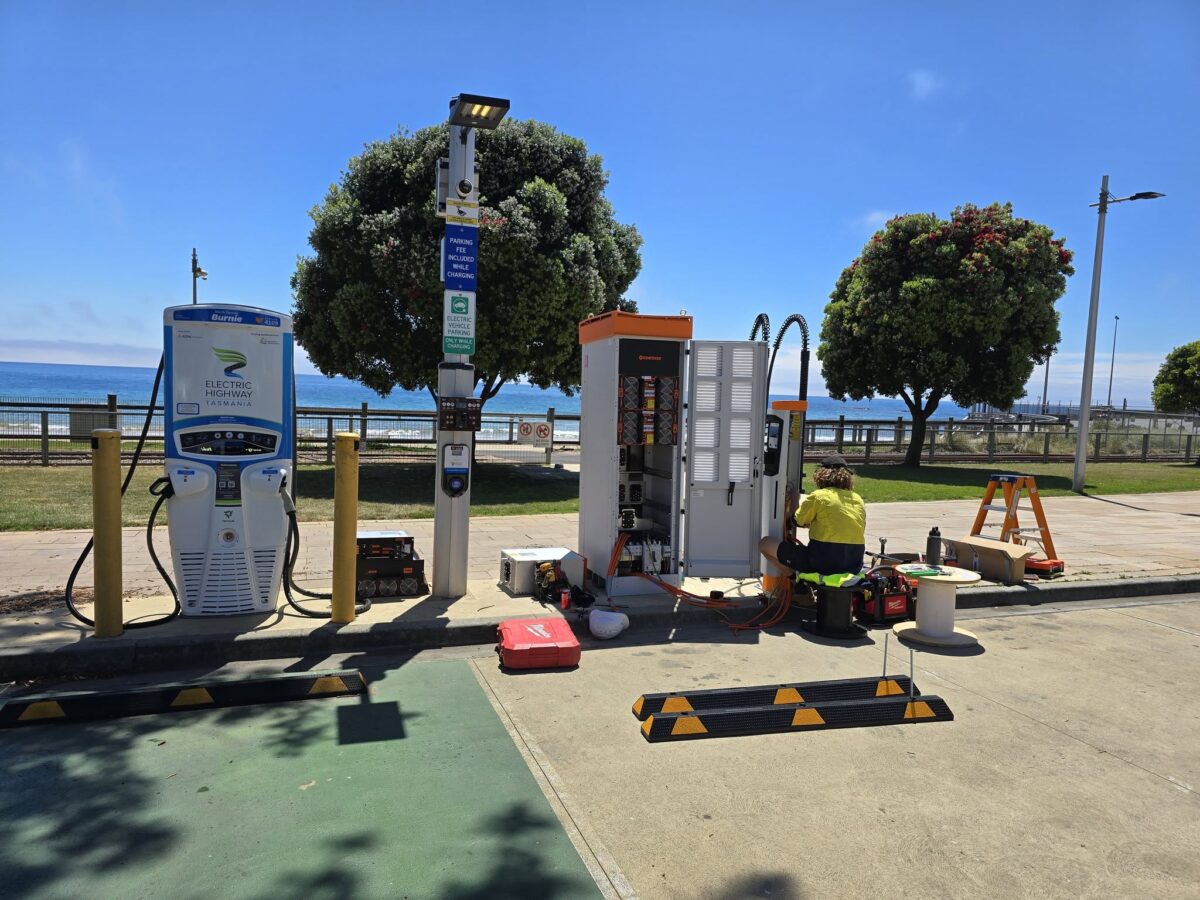
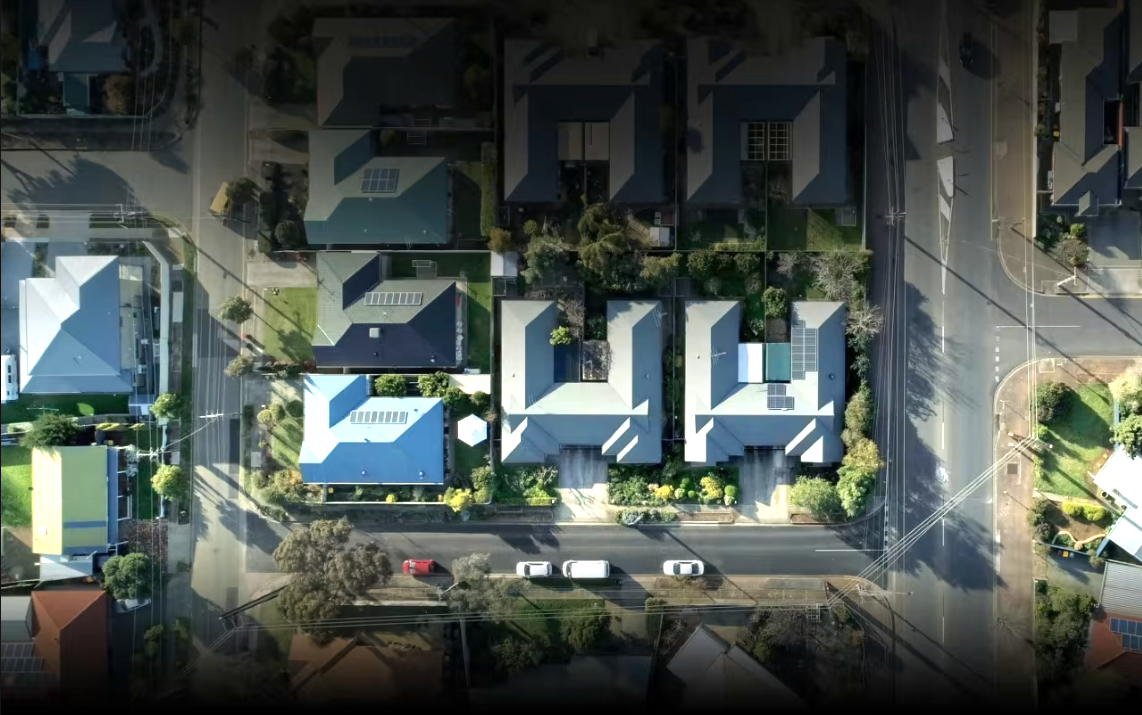

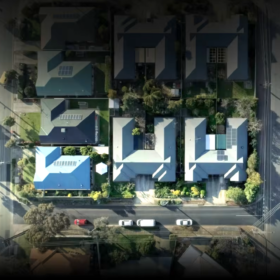
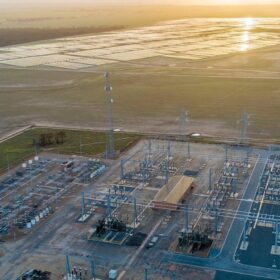
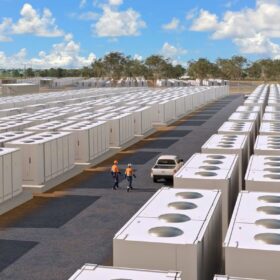
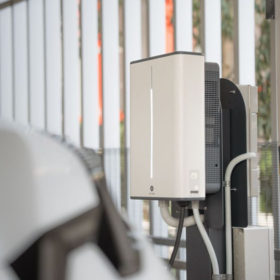
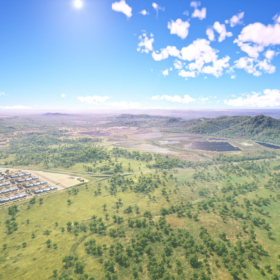
By submitting this form you agree to pv magazine using your data for the purposes of publishing your comment.
Your personal data will only be disclosed or otherwise transmitted to third parties for the purposes of spam filtering or if this is necessary for technical maintenance of the website. Any other transfer to third parties will not take place unless this is justified on the basis of applicable data protection regulations or if pv magazine is legally obliged to do so.
You may revoke this consent at any time with effect for the future, in which case your personal data will be deleted immediately. Otherwise, your data will be deleted if pv magazine has processed your request or the purpose of data storage is fulfilled.
Further information on data privacy can be found in our Data Protection Policy.